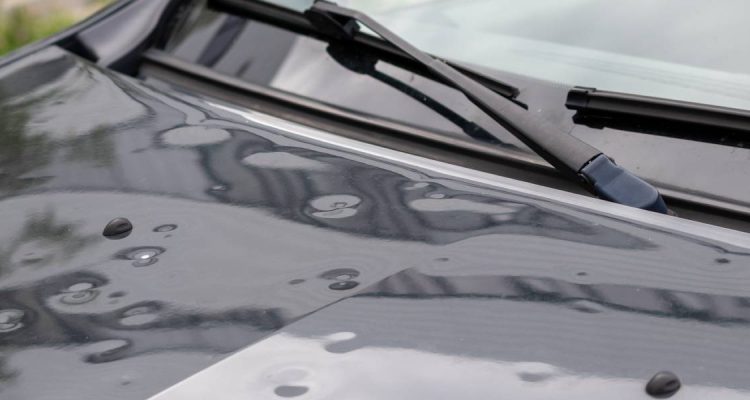Dealing with hail damage to your vehicle can be stressful, but navigating the insurance claims process doesn’t have to be. Understanding how to effectively handle insurance claims for hail damage is crucial for car owners to ensure a smooth and successful resolution. This article provides valuable insights into the process, offering tips and best practices to help you through your hail damage claim.
Understanding Hail Damage and Insurance Coverage: Hail damage to vehicles is typically covered under the comprehensive portion of an auto insurance policy. This coverage protects against damages from non-collision related incidents, including natural disasters like hailstorms. It’s important to know the specifics of your policy, including the deductible and the extent of coverage.
- Document the Damage Thoroughly: As soon as it’s safe to do so after a hailstorm:
- Take Detailed Photographs: Capture all angles of your vehicle, focusing on areas where the hail has caused visible damage.
- Make Notes: Jot down the date and time of the storm, along with any other relevant details.
- Gather Witnesses: If possible, get statements from people who witnessed the event.
- Review Your Insurance Policy: Before filing a claim:
- Understand Your Coverage: Confirm that hail damage is covered under your policy.
- Know Your Deductible: Be aware of your deductible amount, as this will affect the overall cost you’ll be responsible for.
- Check for Time Limits: Some policies have time limits for filing claims post-damage.
- File the Claim Promptly:
- Contact Your Insurance Provider: Do this as soon as possible to start the claims process.
- Provide All Required Information: Give them your policy number, details of the incident, and the documentation you’ve gathered.
- Be Prepared for Questions: The insurance representative may ask for additional information or clarification.
- Prepare for the Inspection:
- Inspection Appointment: The insurance company will likely schedule an inspection to assess the damage.
- Present Your Documentation: Provide the inspector with your photographs and notes.
- Ask Questions: Use this opportunity to understand the next steps and how long the process might take.
- Choosing a Repair Shop:
- Insurance Recommendations: Insurers often have a list of approved repair shops, but you’re usually not obligated to use them.
- Seek Quality and Specialization: Look for a shop that specializes in hail damage repair, particularly ones with experience in Paintless Dent Repair (PDR).
- Compare Estimates: Get multiple estimates if possible, to ensure you’re receiving fair and comprehensive repair services.
- Understand the Settlement:
- Review the Settlement Offer: Ensure it covers all the necessary repairs.
- Negotiate if Necessary: If the offer seems low, you can negotiate with the insurance company. Provide additional estimates or evidence to support your case.
- Know Your Rights: You have the right to a fair settlement under your policy terms.
- Post-Repair Considerations:
- Final Inspection: Once repairs are completed, inspect your vehicle thoroughly to ensure the work meets your standards.
- Keep Records: Maintain all documentation related to the repair and the insurance claim for future reference.
Common Challenges and How to Overcome Them:
- Underestimation of Damage: Insurance companies may sometimes underestimate the extent of damage. Combat this by getting a professional assessment and multiple repair estimates.
- Delays in Processing Claims: Be proactive in following up with your insurer if you experience delays.
- Disagreements Over Repair Methods: If there’s a disagreement over the repair method, discuss the options with both the insurance adjuster and the repair technician to find a mutually agreeable solution.
Navigating insurance claims for hail damage can be a complex process, but being prepared and informed makes a significant difference. By thoroughly documenting the damage, understanding your policy, and knowing your rights, you can ensure a fair and efficient claims process. Remember, the goal is to restore your vehicle to its pre-damage state with minimal stress and expense. With these tips and best practices, you’re equipped to handle hail damage claims confidently and effectively.


